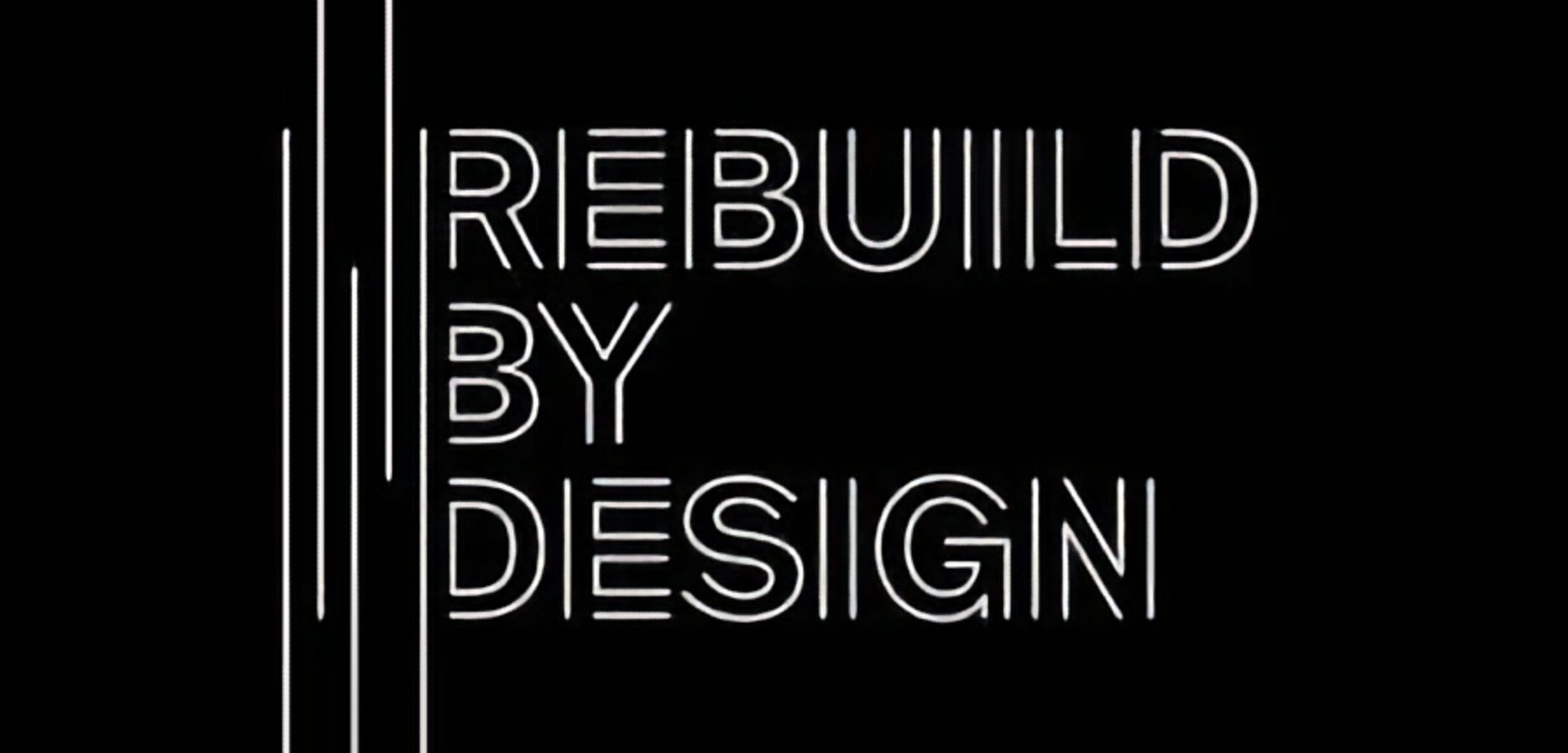Storms that feel extreme now will become more frequent and more intense. The New York City Panel on Climate Change (NPCC) anticipates that by the end of the century, the city could experience as much as 25 percent more annual rainfall than today, and a 50 percent increase in the number of days with more than one inch of rain
The impacts of these events disproportionately affect the most vulnerable people. Communities with scarce resources, language barriers, poor health, or differences in ability will fare the worst during the next disaster and will face the most difficulty relocating out of harm’s way. As climate change increases the frequency of extreme weather events, it will further reinforce underlying vulnerabilities and systemic inequality.
Rebuild by Design worked will Milliman to estimate the impacts that climate change will have to both low-lying and upland communities. Using census data, Block groups were then assigned into one of four “displacement quadrants” – Crisis, Destination, Stable, or Emigrating – based on the block group’s future flood status and current household poverty status, to create the New York City Displacement Map (below).
The four XXXX are:
CRISIS areas include block groups within the 2050 floodplain extent where at least 25 percent of the households are currently living below the poverty threshold. These are low-lying areas with high future flood risk. People living in these areas are generally of lower-income and as waters rise they will likely have limited options for retreat.
DESTINATION areas include block groups outside of the 2050 floodplain where at least 25 percent of the households are currently living below the poverty threshold.
These areas are on higher ground, have a relatively lower flood risk, and are currently occupied by lower-income people. Higher-income people retreating from riskier areas in the city could move into these areas.
EMIGRATING areas include block groups within the 2050 floodplain where less than 25 percent of the households are currently living below the poverty threshold. These are low-lying areas with high future flood risk, currently occupied by higher-income folks who are more likely to have the financial stability to move elsewhere within the city.
STABLE areas include block groups outside of the 2050 flood extent where less than 25 percent of the households are currently living below the poverty threshold. These are areas of higher-ground and relatively lower flood risk. Since residents here have higher incomes, they are less susceptible to being displaced as people move from the riskier areas of the city.
FINDINGS
FINDING 1
3 Colums. Lorem ipsum dolor sit amet, consectetur adipiscing elit. Ut elit tellus, luctus nec ullamcorper mattis, pulvinar dapibus leo. Lorem ipsum dolor sit amet, consectetur adipiscing elit. Ut elit tellus, luctus nec ullamcorper mattis, pulvinar dapibus leo. Lorem ipsum dolor sit amet, consectetur adipiscing elit. Ut elit tellus, luctus nec ullamcorper mattis, pulvinar dapibus leo.
FINDINGS 2
3 Colums. Lorem ipsum dolor sit amet, consectetur adipiscing elit. Ut elit tellus, luctus nec ullamcorper mattis, pulvinar dapibus leo. Lorem ipsum dolor sit amet, consectetur adipiscing elit. Ut elit tellus, luctus nec ullamcorper mattis, pulvinar dapibus leo. Lorem ipsum dolor sit amet, consectetur adipiscing elit. Ut elit tellus, luctus nec ullamcorper mattis, pulvinar dapibus leo.
FINDINGS 2
3 Colums. Lorem ipsum dolor sit amet, consectetur adipiscing elit. Ut elit tellus, luctus nec ullamcorper mattis, pulvinar dapibus leo. Lorem ipsum dolor sit amet, consectetur adipiscing elit. Ut elit tellus, luctus nec ullamcorper mattis, pulvinar dapibus leo. Lorem ipsum dolor sit amet, consectetur adipiscing elit. Ut elit tellus, luctus nec ullamcorper mattis, pulvinar dapibus leo.
The morning of September 1st 2021, New Yorkers woke up to a new reality. Over 3.15in of rain fell during a single hour, breaking a record set only ten days prior by Hurricane Henri. As the previous day’s news focused on the impacts of Hurricane Ida in the South, the storm was barely on the radar for residents of New York and New Jersey. Across the five boroughs, communities were inundated with heavy rain causing massive flooding in places that have never flooded previously. Cars, bikes, and pedestrians were stuck in floodwaters. Rain poured into subway stations, turning staircases into waterfalls and disrupting service for at least two days.
Twenty-four hours later, the water seemingly vanished, but the psychological imprint of the storm will last for years on end. The flooding caused between $16 – $24 billion in property damage in the Northeast, left 150,000 homes in NY, NJ, PA, and CT without power, and over 18,800 tons of debris. Most shockingly were the 43 deaths in the New York Area – 11 of whom drowned in their own homes, trapped by flood waters in basement apartments. New York City was simply not equipped to handle the intensity and duration of the rainfall.
